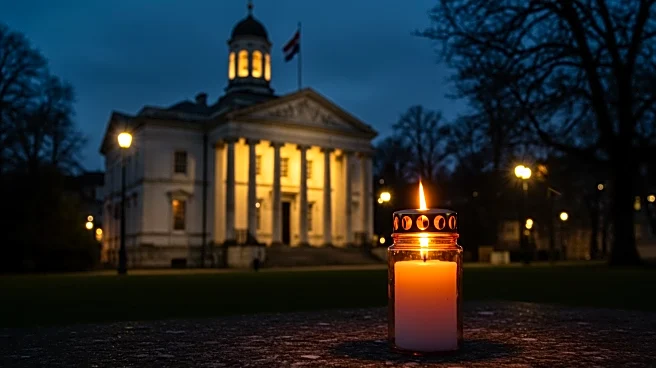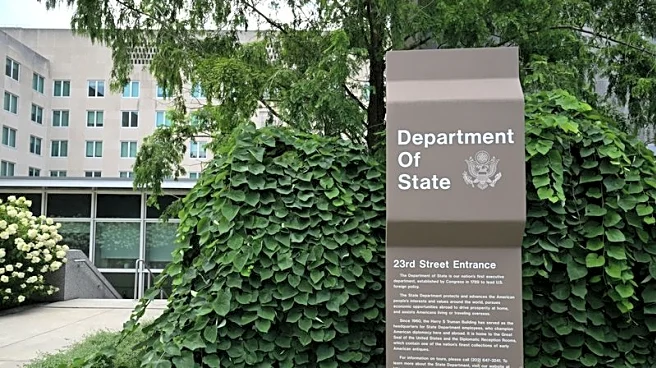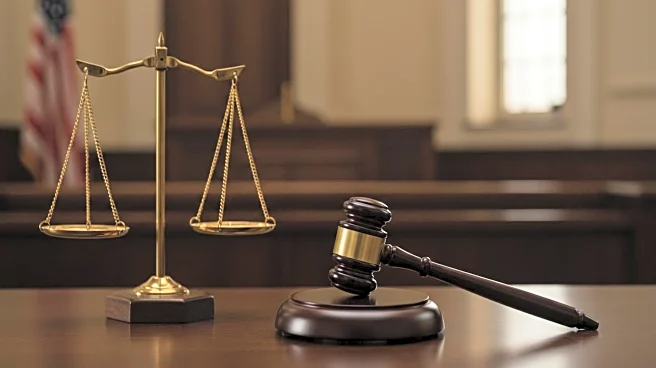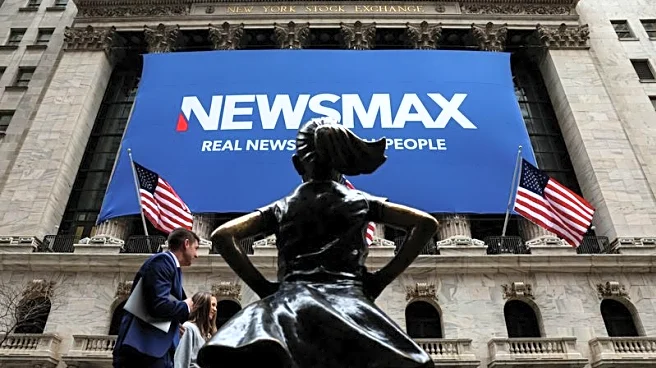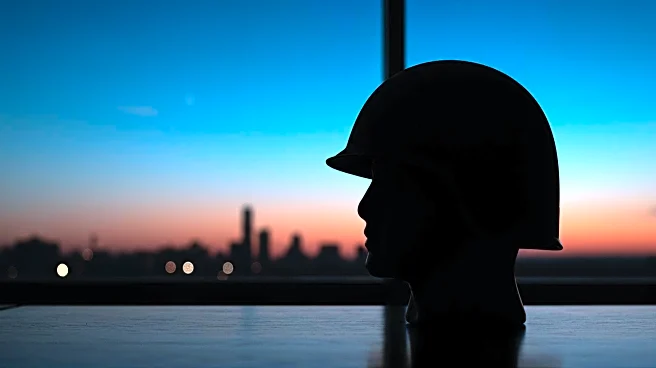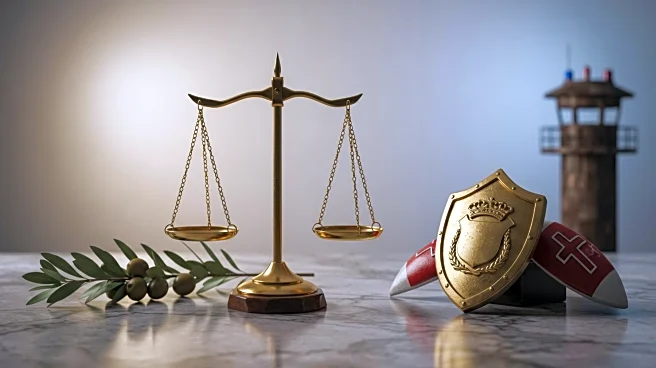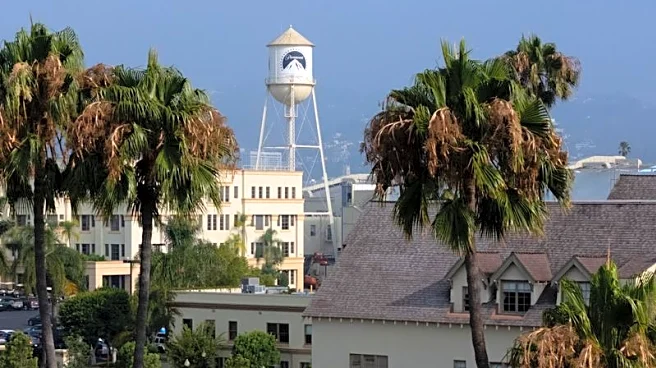What is the story about?
What's Happening?
The White House Peace Vigil, recognized as the longest continuous act of political protest in U.S. history, is facing criticism from Rep. Jeff Van Drew (R-New Jersey), who labeled it a '24/7 eyesore.' The vigil, which advocates for humanity's survival against nuclear war, has been a symbol of free speech for generations. Despite its historical significance, Van Drew argues that it detracts from the aesthetic of the nation's capital. The vigil has inspired legislative efforts, such as Del. Eleanor Holmes Norton's reintroduction of the Nuclear Weapons Abolition and Conversion Act. Supporters argue that the vigil is a vital reminder of the importance of free speech and should be preserved.
Why It's Important?
The debate over the White House Peace Vigil highlights the tension between preserving historical sites that symbolize free speech and maintaining the visual appeal of national landmarks. The vigil serves as a powerful reminder of the ongoing struggle for nuclear disarmament and the exercise of constitutional rights. Its potential removal could spark discussions on the balance between historical preservation and urban aesthetics. The vigil's influence on legislative efforts underscores its role in shaping public policy and advocacy for peace.
What's Next?
The future of the White House Peace Vigil may involve further political debate and public discourse. Stakeholders, including lawmakers and civil society groups, might engage in discussions to determine the vigil's fate. Preservationists and free speech advocates could mobilize to protect the site, while opponents may push for its removal. The outcome could influence how historical protests are valued and maintained in the nation's capital.
Beyond the Headlines
The controversy surrounding the White House Peace Vigil raises broader questions about the role of public protests in shaping national identity and policy. It challenges the perception of what constitutes an 'eyesore' versus a historical monument. The vigil's potential removal could set a precedent for how similar sites are treated, impacting cultural and ethical dimensions of public space management.
AI Generated Content
Do you find this article useful?
